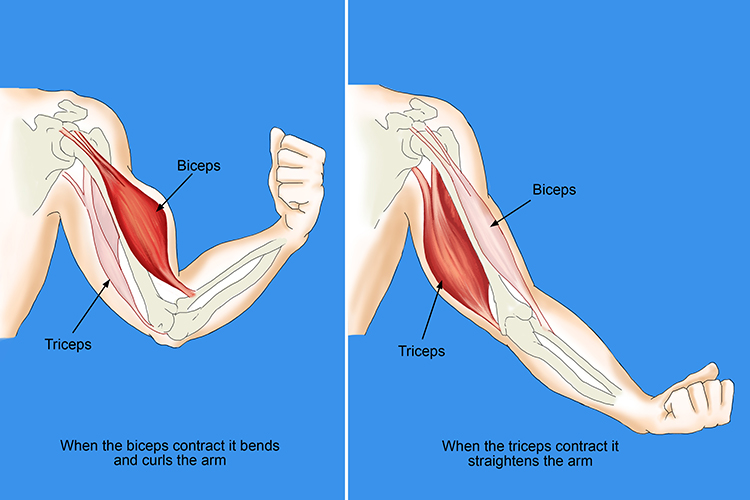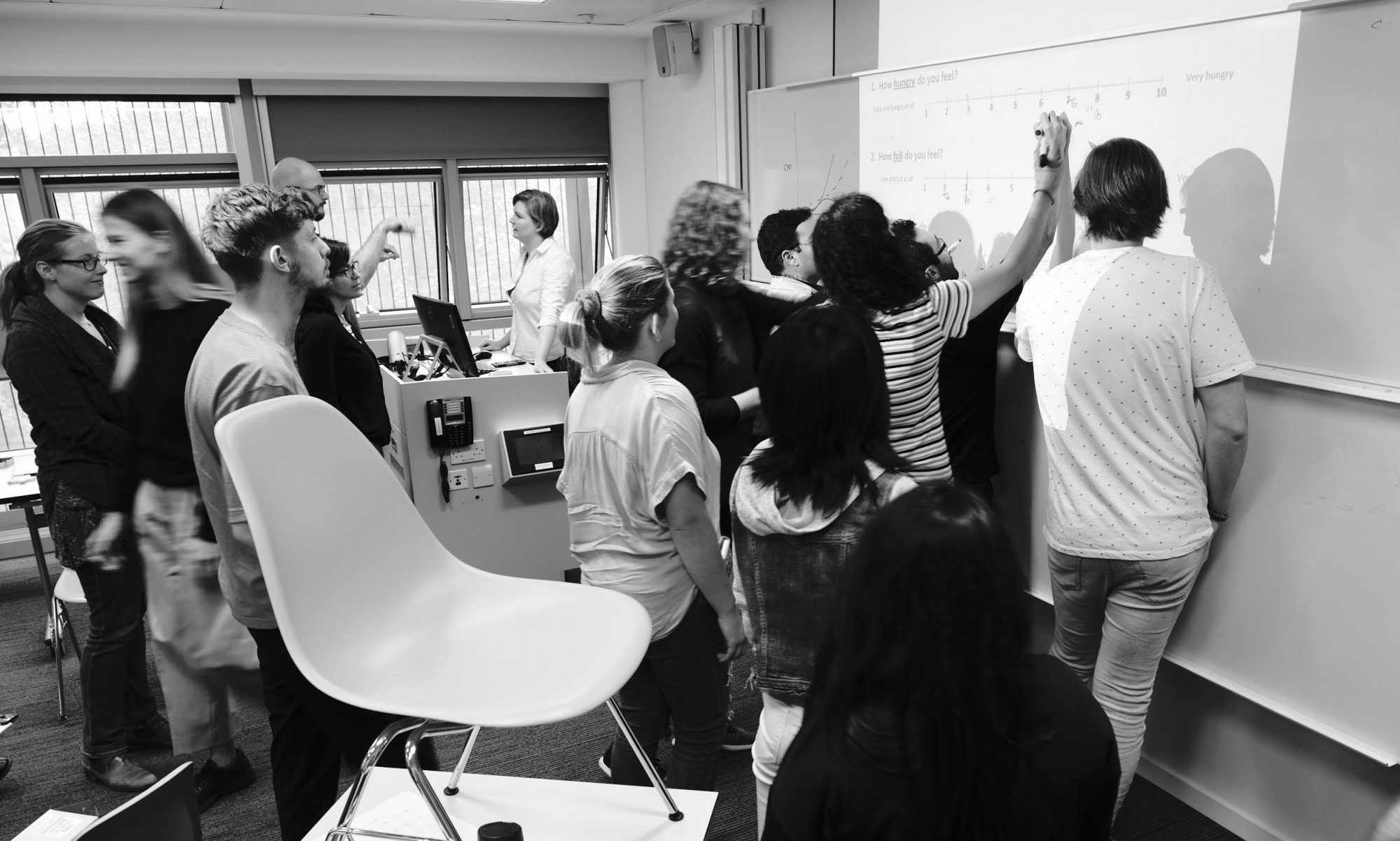More Sides to the Muscle Story
Building on the last discussion about Bilateral, – that’s both sides of the body engaged in a movement – there are other ways to move.
Lateral = sides –
here we go

- Bilateral (lateral – side)
- unilateral
- isolateral (isoler – to isolate)
- ipsilateral (ipsi – self)
- contralateralisotonic (iso same)
- isometric
- isotonic
Bilateral we know. BI – TWO – two sides in use, together. Like a squat, like a push up.
Unilateral. Uni: ONE. Unilateral movements take place on one SIDE of the body or if talking about upper or lower -focussing on that one side where teh movement is driven more by the upper or lower body. We start exploring sides this week. We’ll get into more types of unilateral moves in the coming weeks.

Sometimes “isolateral” is used interchangeably with unilateral, but that’s likely a mistake – as isolateral movements are where a movement may be quite literally isolated from other muscle actions as part of lab studies – when looking at just that muscle’s actions. Indeed, it’s really hard outside of popular press/blogs to find the term “isolateral” used, where it’s sort of common. I’ve certainly used it a lot. Wrong. I found only one ref to a journal article – that used it, and no kinesiology text. So, as we’re trying to build good skills and practice, lets just use Unilateral.
WHICH UNILATERAL SIDE? Ipsilateral and Contralateral are all about unilateral sides. For example: ipsi is the SAME side. You’d talk about working the ISPILATERAL side of a movement if you’re referring to the SAME side of the body, upper and lower, for example “You are going to put together blocks of upper and lower ipsilateral movements.” Contralateral – contra – opposing, opposite. So an example is that the signals from one side of the body are managed by the contralateral cortex. So yes, volitional movements on the left side of the body are triggered by the right side of the cortex of the brain. Cool eh?
Isotonic & Isometric Movements
We know now that muscles contract. That’s their job – it’s what they do. There are a variety of muscle types. Smooth muscle in our guts and even lining our arteries; there’s cardiac muscle (guess where that is), and there’s skeletal muscle – muscle that moves the joints of where the skeleton connects bones for articulation of joints towards movement.

Skeletal muscles, as the name implies, are muscles attached to bones (the attachements are ligaments). An example: our fingers move to type: that is the muscles on these bone contract to flex and extend these joints while typing. Our knees – the joins from upper to lower leg – bend and straighten in a squat. We talk about these movements in terms of joint angles: of extension and flexion, of negative and positive, with eccentric and concentric, contractions.
When we are moving our joints in these bodyweight activities, OR when we push and pull a load, these moves are called ISOTONIC movements, or “isotonic exercises.”
ISOTONIC: iso – same – tonos/ten – tone/stretch. Tension is constant while length changes.
You can imagine this length/tension releationship in the muscles in the top of your legs in the squat – as you go from standing into the back of the legs touching – you are controlling the speed – the same tone or tension (more or less) on lowering, while the muscle is literally extending/lengthening while this action is happening, loading the muscle. Tension constant; length changes.
Isotonic concentric contraction: muscle shortening
– Isotonic eccentric contraction – muscle lengthening.
Isometrics – old school strength & muscle building
The other main type of movement we’re exploring is isometric. You’ll already have done these with the wall sit and plank assessments.
Here a particular joint angle is maintained and the work of the muscle is tension increases without muscle changing length.
iso– same metric– measure – tension changes/muscle length stays the same
There are two types of isometrics: yielding and overcoming.
Yielding Isometrics
The plank is a YIELDING isometric, where we attempt not to yield to gravity. A maximal hold in the plank is to hold good form till we collapse. An L-sit – or a leg raise between chairs where we attempt to keep legs up and out as long as possible.

Overcoming Isometrics
OVERCOMING is when we actively pull at an un-moving object, or push at the same. We’ll explore these later in the study, but they are FANTASTIC for building strength. Indeed, early 20th C strength performers built muscle mainly using what later Charles Atlas called “dynamic tension” – like pulling up on a fixed chain, or up against a fixed bar.


Agonist, Antagonist, Synergist: Muscle Roles in Movement
The agonist muscle is any muscle helping in the concentric contraction of a joint.
So the back of the legs (hamstrings) are agonists in bending the knee back when running, for example. The biceps at to bend the elbow in a similar way in the upper body. Some muscles help more with an action – these are Prime Movers.
The antagonist muscles are on the contralateral side of that action and these relax to allow those other muscles to contract. And the synergists are muscles that work with the prime movers to support or stabilise a movement.

Synergist example: There’s a wee muscle in the arm – the brachioradialis that helps stabilize the elbow joint while the biceps, the prime mover in elbow contraction, contracts that joint. Meanwhile the main antagonist – the relaxing contralateral muscle – is the triceps here.

